Weekly Reader: Remembering Anna Margolin
Anna Margolin was far from the most prolific Yiddish writer. Born Roza Harning Lebensboym on January 21, 1887, in what is now Brest, Belarus (known in Yiddish as Brisk), she settled in New York in 1913, where she wrote journalism, criticism, and fiction and had a long-running affiliation as an editor and writer for the newspaper Der tog (The Day). Yet her output in the genre she is best known for, poetry, was relatively sparse. She published only one volume, Lider (Poems), in 1929 and released her last poems in 1932, a full twenty years before her death. Yet Margolin’s contribution to Yiddish poetry can hardly be measured by quantity. In a literary world dominated by men, she earned a reputation for her creativity and originality, with her work encompassing, but not being restricted by, the predominant movements and styles of the time. Today Margolin is still remembered as a trail-blazing poet, and her work remains some of the most popular and influential in the Yiddish canon.
—Ezra Glinter, Senior Staff Writer and Editor
One and Only
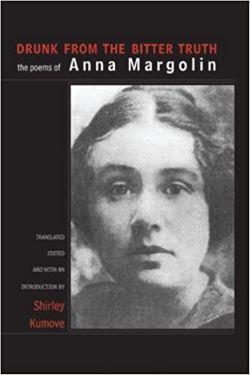
Margolin published only one volume of poetry, Lider (Poems), in 1929. Yet the eighty poems in this collection were enough to make her reputation for generations to come. And while Margolin’s work has been translated piecemeal over the years, the most comprehensive treatment came only in 2005 with Drunk from the Bitter Truth, which includes translator Shirley Kumove’s renditions of Margolin’s poetry alongside the Yiddish originals. You can get the book from our store or you can access the original Lider in our Steven Spielberg Digital Yiddish Library.
Read Anna Margolin’s Lider in Yiddish
Access a collection of reading resources for Drunk from the Bitter Truth
Sleepless Nights
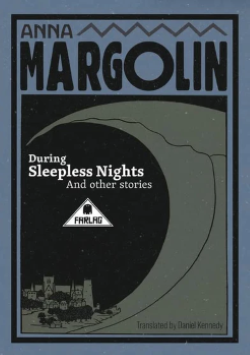
Margolin is best known for her poetry, but as a working journalist and writer she wrote a lot of other material, including a number of short stories. “During Sleepless Nights” originally appeared in 1909 in the anarchist newspaper Di fraye arbeter shtime (Free Voice of Labor) under the byline Khave Gross, one of Margolin’s several pseudonyms. “During Sleepless Nights” centers on family secrets and the seemingly doomed desire of a mother and daughter to communicate. Margolin’s prose paints a heightened, dreamlike atmosphere with motifs redolent of decadent and symbolist European writing of the time.
Read “During Sleepless Nights,” translated by Daniel Kennedy
From Our Springtime
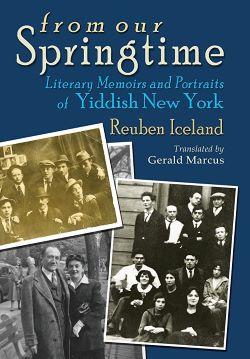
Margolin was affiliated with both Di yunge (The Youth) and the Inzikhistn (Introspectivists), two successive and somewhat competing groups of modernist Yiddish poets in New York. Despite her participation in both movements, her work could never be characterized as belonging to a single one. For many years she was also the partner of Rueben Iceland, another member of Di yunge, who included a chapter about her in From Our Springtime, his memoir of the movement.
In Conversation
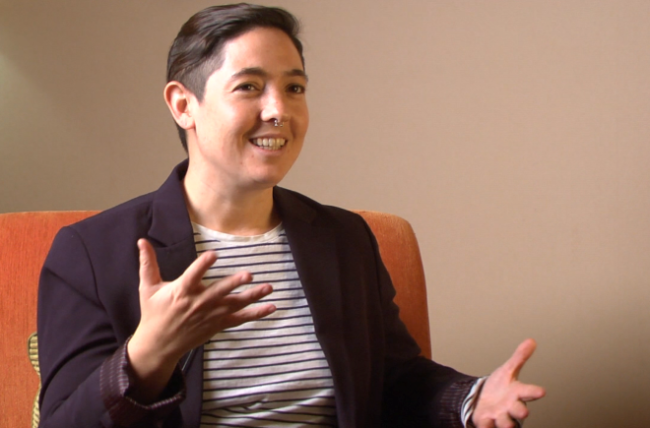
Although Margolin’s poetry is in many ways sui generis, it is instructive to consider her work in conversation not only with her contemporaries but also with poets who preceded and followed her. In this talk, Zohar Weiman-Kelman considers lines connecting Margolin with Emma Lazarus, who was born to a wealthy Sephardic family in New York in 1849, and Irena Klepfisz, who was born in 1941 in the Warsaw Ghetto, became a bilingual English and Yiddish poet, and continues writing in New York to this day. Bringing the poets into conversation across time and language, Weiman-Kelman asks what these connections can reveal about the history of Jewish literature.
I Once Was a Youth
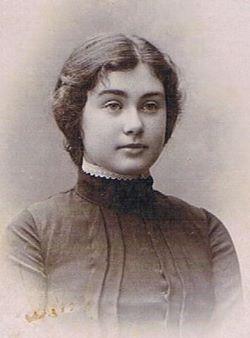
Anna Margolin’s “I Once Was a Youth” (“Ikh bin geven amol a yingling”) is a fascinating and perplexing poem, written in New York and published in Lider in 1929. Each stanza in Margolin’s poem contains information about a first-person speaker and their intimate encounters with other people, with details suggesting both homoerotic and incestuous relationships. At the same time, the speaker reflects on a diverse amalgam of cultural references, with a keen eye for historical evolution and change.
Access a collection of teaching resources for “I Once Was a Youth”
